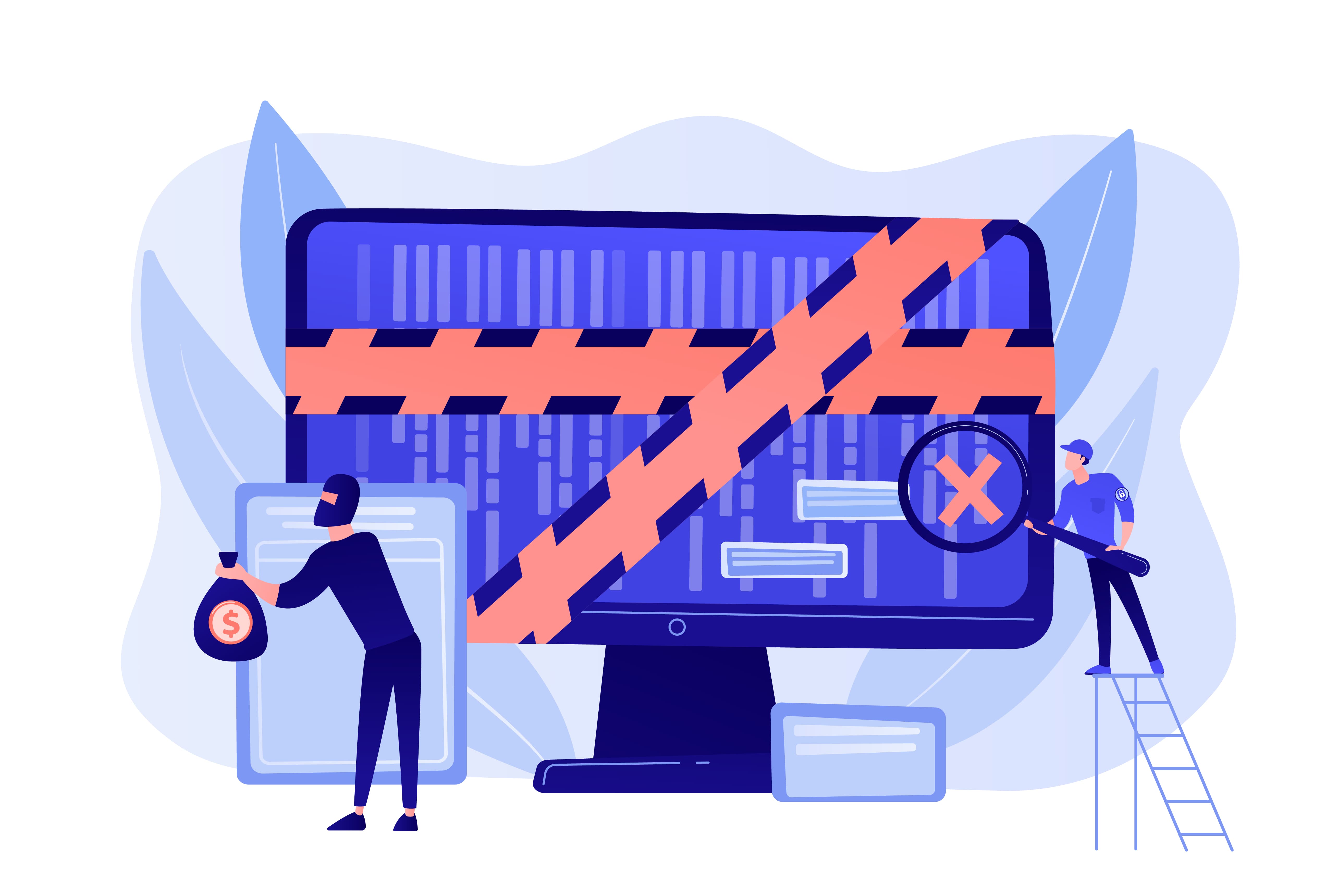The Dutch Economy Minister has spoken with his Chinese counterpart to ease tensions following the Netherlands’ recent seizure of Nexperia, a major Dutch semiconductor firm.
China, where most of Nexperia’s chips are produced and sold, reacted by blocking exports, creating concern among European carmakers reliant on its components.
Vincent Karremans said he had discussed ‘further steps towards reaching a solution’ with Chinese Minister of Commerce Wang Wentao.
Both sides emphasised the importance of finding an outcome that benefits Nexperia, as well as the Chinese and European economies.
Meanwhile, Nexperia’s China division has begun asserting its independence, telling employees they may reject ‘external instructions’.
The firm remains a subsidiary of Shanghai-listed Wingtech, which has faced growing scrutiny from European regulators over national security and strategic technology supply chains.
Would you like to learn more about AI, tech and digital diplomacy? If so, ask our Diplo chatbot!









